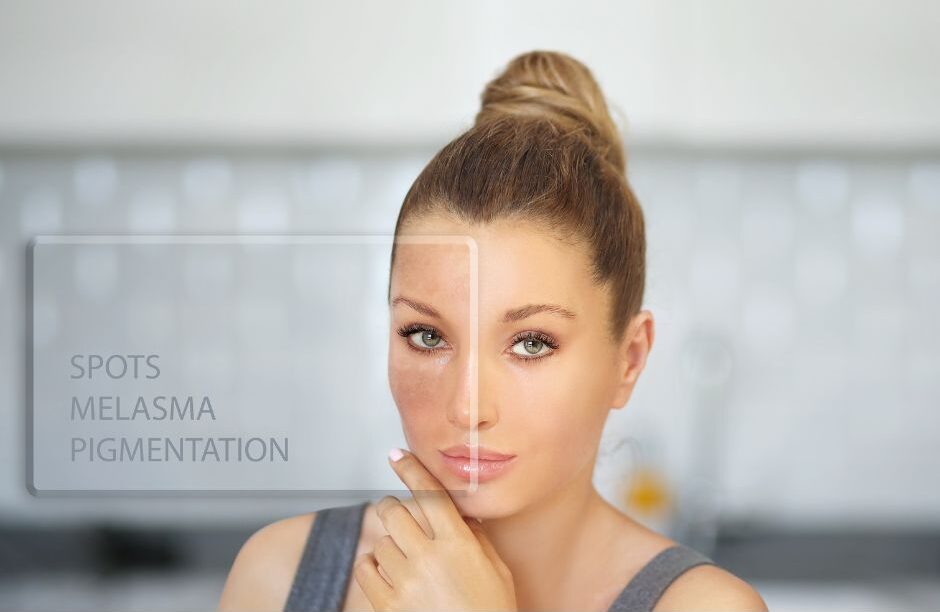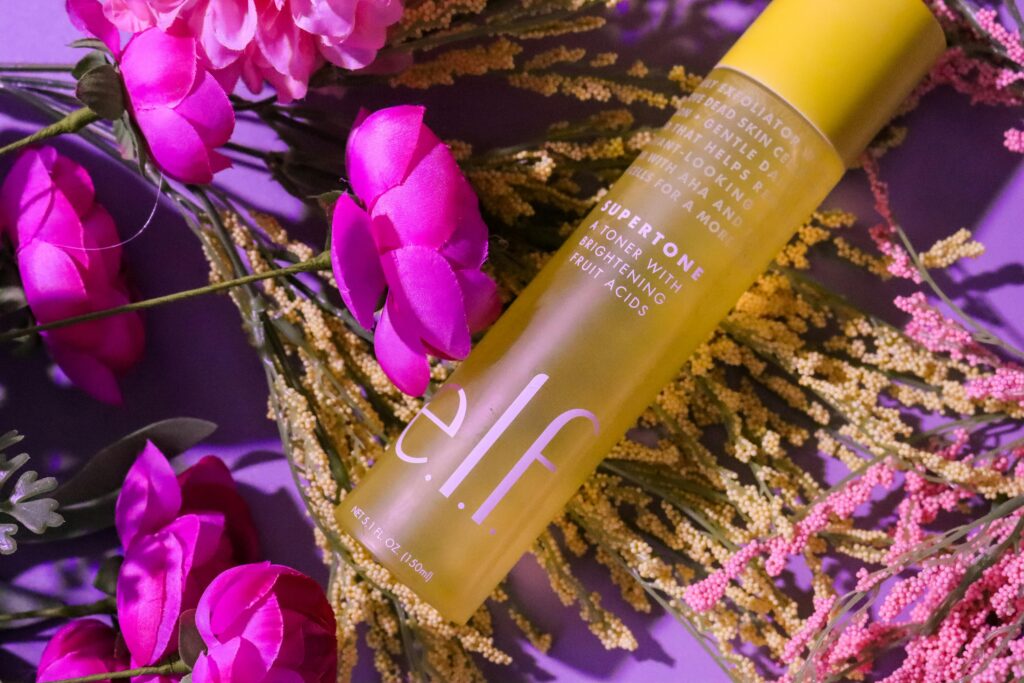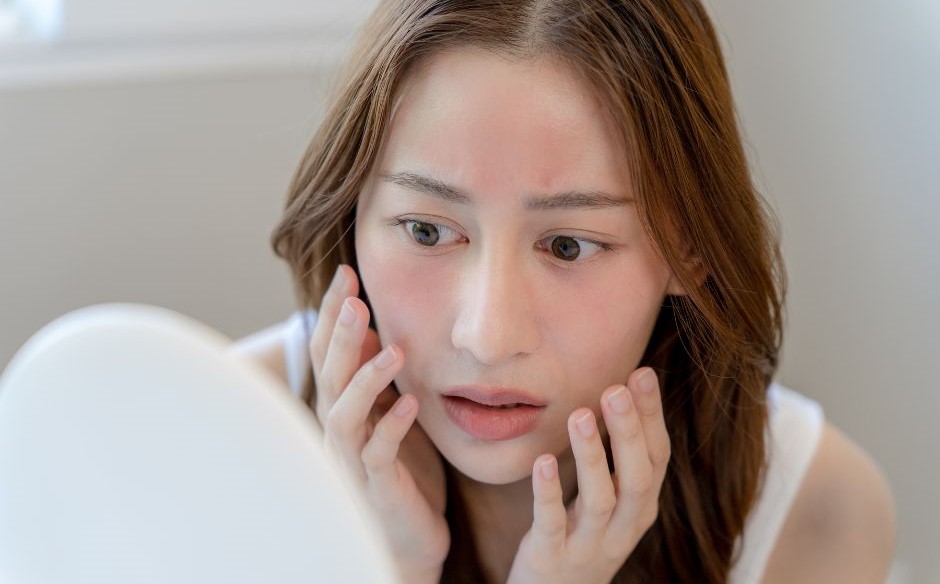The sun’s ultraviolet (UV) rays can cause sunburn on your skin. You need to Protect skin from sunburn to prevent long-term damage. There is a whole spectrum of UV light, but UVA and UVB rays are the culprits we are most concerned about when we talk about skin damage.
Think premature aging, sun spots, and, more seriously, skin cancer, which is sadly on the rise globally. Sunburn is your skin cells crying out for help, a visible reaction to DNA damage caused by UV exposure.
This isn’t just about getting a painful red tan; it’s about protecting the integrity of your skin on a cellular level. When we compare photoaging (aging caused by sun exposure) to chronological aging (the natural aging process), the difference is stark. Ever wondered why some people have remarkably smooth skin at an older age? They probably know how to protect themselves from the sun.
If you are feeling a bit overwhelmed by all this information, don’t worry too much about it. I’m here to help you understand why a bottle of sunscreen could be the best investment for your skin.
So now that you are clued up on the risks of UV exposure, it is crucial to delve into the specifics of sunscreen itself. That is going to include figuring out what SPF to use, understanding labels like ‘broad-spectrum,’ and, importantly, how to apply it correctly. I will be covering all of that and more in the next section.
Table of Contents
Sunscreen 101: Navigating Choice to Protect Skin from Sunburn
Now you are aware of how damaging UV rays can be and why protecting your skin is non-negotiable. I’m going to help you understand the sunscreen aisle, which can be as complex as a high-level chess game.
First up, let’s talk about UVA and UVB. You’ve probably seen these acronyms on sunscreen bottles, but what do they mean? UVA rays are aging rays, that penetrating deep into the skin, contributing to wrinkles and sunspots. UVB rays are the burning rays, which are primarily responsible for sunburn and can contribute to skin cancer. Both are bad news for your skin.
Taking precautions can shield you from skin cancer, which accounts for the highest number of cancer cases diagnosed each year.
Here comes SPF, or Sun Protection Factor, which is like a multiplying factor for your skin. It tells you how long you can stay in the sun without getting burned, compared to unprotected skin. For example, using SPF 30 means it would take you 30 times longer to burn than if you were bare-skinned.
Now, this is crucial: you want a broad-spectrum sunscreen. Why? Because it fends off both UVA and UVB rays, providing you with comprehensive armor against the sun’s assault.
Navigating between chemical and physical sunscreens can be a bit like picking your favorite ice cream flavor—there is a lot to consider.
Chemical sunscreens absorb UV rays before they can damage your skin, while physical sunscreens reflect the rays away from your skin. And remember, more SPF isn’t always better—SPF 30 blocks about 97% of UVB rays, while SPF 50 bumps that up to 98%.
You will also need to apply your chosen sunscreen the right way. It is not just about slapping it on at the beach. You should apply a generous layer to all exposed skin 30 minutes before going out, not forgetting places like your ears and feet. Then reapply every two hours, or immediately after swimming or sweating.
Even the best sunscreen can’t do its job if you’re not applying it correctly. So, choose something that resonates with you, whether it’s a lotion, stick, or spray, and make sure you’re using it consistently.
How to Protect Skin From the Sun Naturally?

Now you have got the lowdown on sunscreen, but effective sun protection does not stop there. Let us talk about strategies that complement your sunscreen to keep your skin safeguarded when you step outside.
- Wear a wide-brimmed Hat and UV-blocking sunglasses. These are not just stylish accessories; they provide physical barriers against the sun’s rays. Opt for clothing with a UPF (Ultraviolet Protection Factor) rating; it’s like sunscreen for your clothes!
- Avoid the sun’s peak hours, generally between 11 a.m. and 3 p.m., when it is at its strongest.
- If you are going to be outside during these hours, Avoid direct sunlight and seek shade.
- Drink Enough Water to keep your skin hydrated.
- Skin protection isn’t just about what you put on your skin or wear; it is also about what you eat. Foods high in antioxidants, like berries and leafy greens, can support your skin’s defense against UV damage. So, it is not just ‘you are what you eat,’ but ‘your skin reflects what you consume.’
Final Thought
Finally, promoting sun safety is a collective effort. Talk with family and friends about the importance of protection. Push for educational programs in schools and advocate for workplace policies that protect outdoor workers from harmful sun exposure.
Remember, sunscreen is a crucial part of your defense against sunburn, but it shouldn’t be your only one. Use these tips to keep your skin healthy and enjoy the sun safely. Your future self will thank you—trust me on this one.
If you have already got sunburn follow these natural remedies to get rid of it.
FREQUENTLY ASKED QUESTIONS
Can sun tan be removed?
YES, It can be removed with skin care products and home remedies. Check out some of the home remedies HERE
How long does a sun tan last?
Sun tan can last for 1 to 2 weeks.
How to Choose a Sunscreen?
Always choose a water-resistant sunscreen that is at least SPF 30 or higher every day.
CHECK OUT OUR POST ON NATURAL REMEDIES FOR SUN-DAMAGED SKIN
Articles You Might Like :



